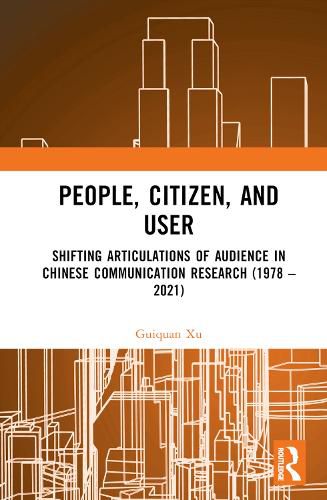Readings Newsletter
Become a Readings Member to make your shopping experience even easier.
Sign in or sign up for free!
You’re not far away from qualifying for FREE standard shipping within Australia
You’ve qualified for FREE standard shipping within Australia
The cart is loading…






The book examines the changing discourses of Chinese audience research in the past four decades, aiming to shed light on the complicated relationships among China's media, audiences, and society.
With the new sociology of knowledge, it adopts Laclau and Mouffe's discourse theory as a meta-theoretical framework and interprets the concept of audience as a floating signifier. Based on the corpus of Chinese academic journal papers, the author divides the scope of analysis into four phases. In each period, Chinese audience research was related closely to the changing societal and academic contexts and hegemonic struggle as a whole. In addition, it discusses the relation between 'western' audience theories and Chinese audience research, as well as the contingency and rigidity of discourses in Chinese audience research.
The book contributes to the understanding of Chinese communication research in the changing societal context and will be valuable for scholars of media and communication studies or China studies.
$9.00 standard shipping within Australia
FREE standard shipping within Australia for orders over $100.00
Express & International shipping calculated at checkout
The book examines the changing discourses of Chinese audience research in the past four decades, aiming to shed light on the complicated relationships among China's media, audiences, and society.
With the new sociology of knowledge, it adopts Laclau and Mouffe's discourse theory as a meta-theoretical framework and interprets the concept of audience as a floating signifier. Based on the corpus of Chinese academic journal papers, the author divides the scope of analysis into four phases. In each period, Chinese audience research was related closely to the changing societal and academic contexts and hegemonic struggle as a whole. In addition, it discusses the relation between 'western' audience theories and Chinese audience research, as well as the contingency and rigidity of discourses in Chinese audience research.
The book contributes to the understanding of Chinese communication research in the changing societal context and will be valuable for scholars of media and communication studies or China studies.